 This post is the 28th in a series on Booby Traps, made possible by the generous support of Motherlove Herbal Company.
This post is the 28th in a series on Booby Traps, made possible by the generous support of Motherlove Herbal Company.
I’ll be writing for a few weeks about a set of Booby Traps which are both seldom discussed and vitally important. Cultural, language, and racial factors can have a tremendous impact on breastfeeding success, and the failure of providers to recognize this represents a significant Booby Trap for many mothers. I’ll begin today by talking about culture and breastfeeding in the hospital.
Culture
Once, a few years ago, I was asked to see a new mom in her hospital room. The mother was of Indian background, and both the baby’s grandmother and an aunt were also in the room.
The mother asked me if there were any foods she should eat so that she would make enough milk. Before thinking, I said what I always say, which is that it’s not necessary to eat or drink anything special; she would make enough milk on her own as long as she was feeding her baby frequently and effectively.
Off in the corner or my eye, I saw the grandmother and aunt exchange a look. It was a specific look, recognizable across cultures and generations. The look said, “this chick doesn’t know what she’s talking about.”
I suddenly realized that my answer, while technically correct, was really not the right response.
I had contradicted some influential people in the mother’s life and thousands of years of tradition. Chances were, this mom wasn’t going to take much of anything else I said very seriously, and we’d barely started talking.
I mean, would you take Thanksgiving cooking advice from an “expert” who told you that, while serving turkey is an interesting and quaint tradition, there’s no scientific evidence that it’s the appropriate food for the occasion?
If I could go back, I would have returned the question with one of my own. Something like, “what traditions do you have around eating foods to help with milk production?” That would have 1) sparked an informative (especially to me) discussion, 2) made it more likely that my subsequent advice would be taken seriously, and 3) established some trust and mutual respect among us.
The two questions providers should ask themselves when encountering a tradition like this is, “is it harmless?” and “is it harmful?” If it’s harmless, and especially if it could help the mother reach her goals, then by all means we should support it. If it’s harmful to breastfeeding (for example, supplementing with formula without an understanding of its effect on milk supply, or not feeding colostrum because of a “colostrum taboo”), then there is cause for a discussion.
So when mothers of Chinese background have told me how important it is to eat a certain chicken dish, or mothers of Mexican descent say that they have to drink atole, should I say that there is no evidence that this has any effect on breastfeeding? No, I should ask myself if these traditions are harmless or harmful, and get out of the way. (Except maybe to ask for a taste? These foods usually sound pretty good.) That “look” taught me that important lesson.
Now that I’ve given you an example of what not to do, here’s an example of a cultural Booby Trap smashed to smithereens by some outstanding hospital staff:
In 2008, Cambodian American moms in Massachusetts had the lowest breastfeeding rates of any ethnic group in the state. At one hospital, the rate for Cambodian moms was a dismal 17%, when the rate for non-Cambodian moms was 61%.
 In Cambodian culture, as in many others, there are specific foods that are to be eaten postpartum. And the staff recognized that “one barrier to breastfeeding is a lack of hospital foods that allow women to follow a traditional diet postpartum.”
In Cambodian culture, as in many others, there are specific foods that are to be eaten postpartum. And the staff recognized that “one barrier to breastfeeding is a lack of hospital foods that allow women to follow a traditional diet postpartum.”
So the forward thinking staff of the childbirth unit and food service department teamed up to offer a traditional Cambodian menu for moms in the postpartum period, and they studied the results.
Guess what happened? The breastfeeding rate for Cambodian American moms jumped from 17% to 67%.
So, to follow the guidelines above, we ask: Is serving traditional foods postpartum harmless? Yes. Is it helpful to breastfeeding? Oh, yes! And just look what can happen when you eliminate an easily overlooked cultural barrier.
To close this topic, I want to quote a wonderful article on this topic by Jan Riordan and Kathy Gill-Hopple, which sums up the issue beautifully:
Culturally sensitive care for breastfeeding women
begins with an honest and critical awareness of the differences
among cultural groups. By becoming aware of
these differences, we begin a process of partnership in
which all groups have something to contribute. Working
within the cultural constraints of the group to which the
mother belongs, the nurse can serve her client more
completely and is more likely to be viewed as a helper
rather than as one who “does not understand us.” Breastfeeding
families have the right to be treated in a nonjudgmental
manner that accepts their cultural diversity.
The study of traditions of a given culture is crucial to all
health care professionals who work with young families.
Were you Booby Trapped by a cultural issue in the hospital? What cultural breastfeeding traditions do you follow?



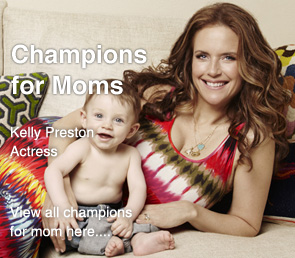
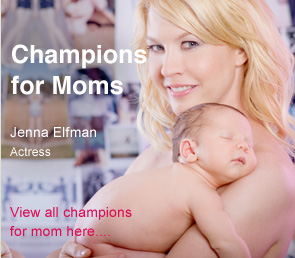


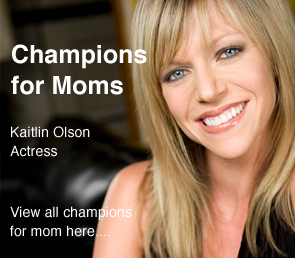
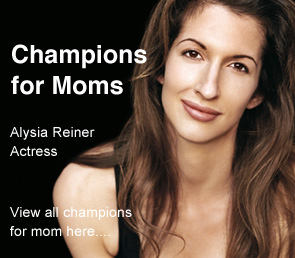
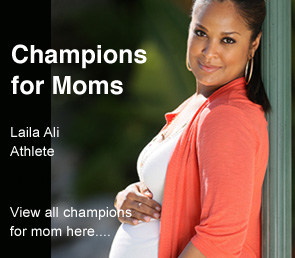
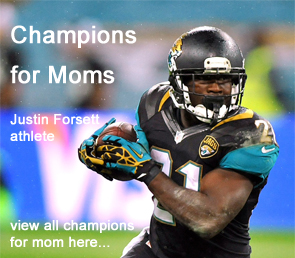
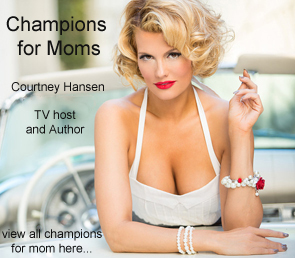
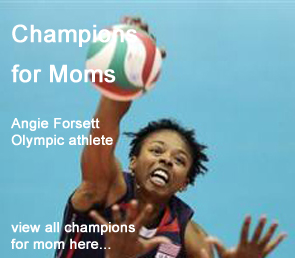
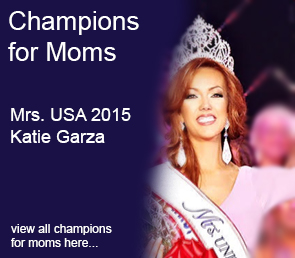

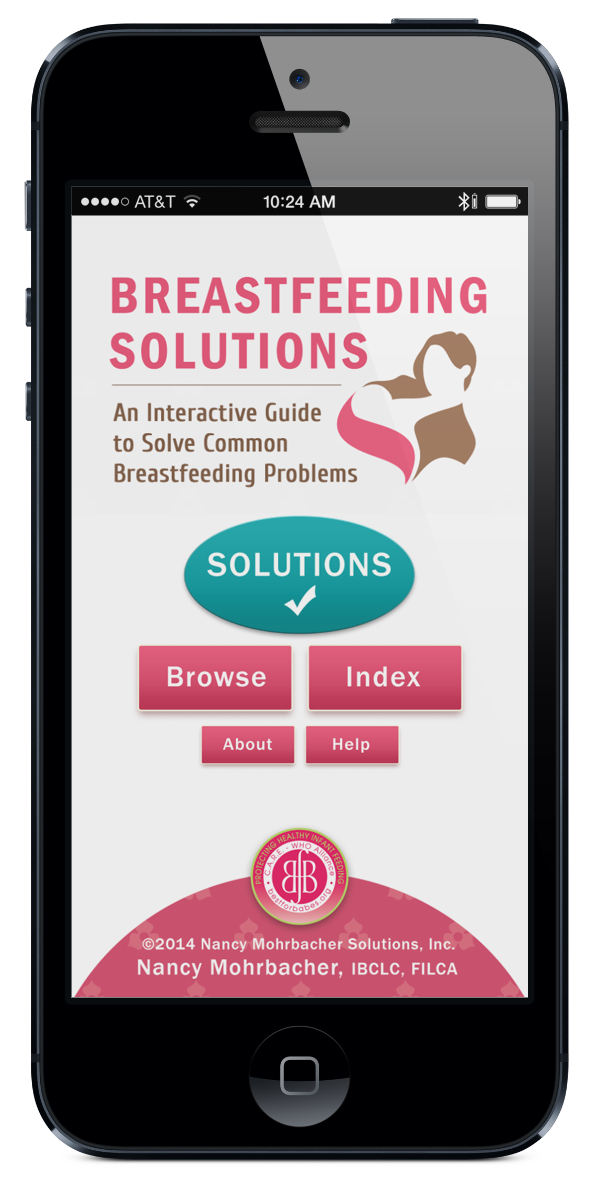
Absolutely fantastic post! I’m often challenged, in my highly diverse area, to step outside of my white, middle class, suburban existence and use a phrase taught to me many years ago by a mentor, “That’s different…I wonder why they do it that way?”. It gives me a moment to really explore with mom, learn from mom and further my education.
I recently talked to a Korean mother about the significance (and celebration of) the first 100 days for a new baby. Oh, how I wished all families would embrace this precious time!
This is such an interesting article and something I’d love to learn more about! It’d be great if people could share their experiences dealing with cultural influences on breastfeeding to help increase everyone’s awareness.
Love what you’re doing! Just wanted to point out that links all over the site to the booby traps page lead to a nonexistent page. It looks like two different names were used and most links go to the wrong one (the “list of booby traps” link does work).
Thank you! When we upgraded our website, unfortunately the links got broken because a new naming process was adopted. Arrgh. We have yet to fix them all but will work on it. Thanks again.
Wonderful post…as a nurse and social worker I cannot stress enough the importance of cultural sensitivity. So many “experts” are not aware of the many cultural beliefs that affect a mom’s behavior…if you are trying to teach a mom something you must listen to what they know and believe first and then add to their knowledge while being careful not to discredit it.
Cultural sensitivity is sometimes difficult to come by…so as a professional it is good to seek out opportunities to learn about other backgrounds…you might not agree with the customs and mores of a particular culture but knowledge will certainly increase your teaching effectiveness. Thanks for this much needed discussion.
I am glad that you did this series, to start a lot more discussions of racial/socio-economic disparities. I am not going to call these one a “True Hospital” Booby Trap though. This problem is with the person speaking/interviewing patients. Yes, I am saying it is the “Professional” doing the Booby Trapping. I’m glad that you owned your mistake, most practitioners deny ever doing it. Most professionals/people are not well versed in cultural traditions, other than their own. It serves everyone best to educate themselves on the population they are working with. Why continue with bad stats? Why do organizations keep trying to change the population? How well has that ever worked throughout history? It should not take “studies” to figure this out….Common Sense…works quicker, right? Good article. Thanks.